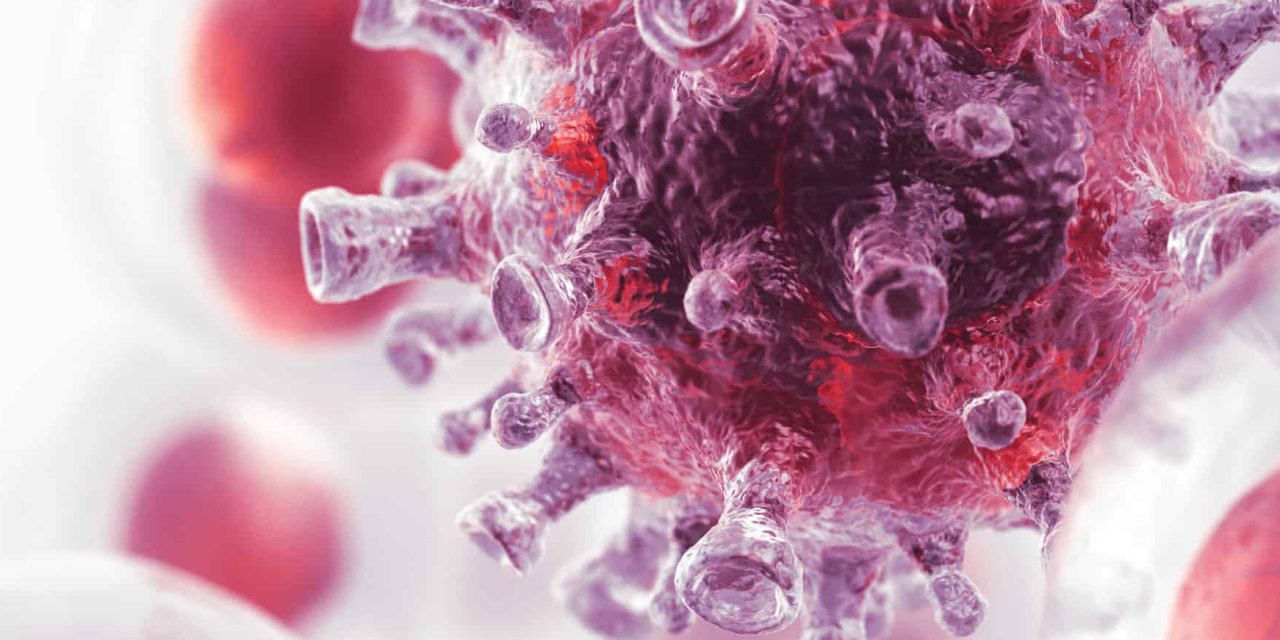Prenatal exposure to Zika virus (ZIKV) can result in microencephaly and congenital Zika syndrome, though some brain cells and structures are spared by the virus for unknown reasons. Here, a novel murine model of fetal ZIKV infection incorporating intraventricular infection and cell type specific electroporation was used to identify the time course of ZIKV infection and to determine the identity of cells that are initially infected or spared during neocortical neurogenesis. time course studies revealed the presence of ZIKV in apical radial glial cells (aRGCs) at early time points following virus exposure, while basal intermediate progenitor cells (bIPCs) became maximally (ZIKV) after 3 days of virus exposure. ZIKV-infected fetal brains exhibited microencephaly as early as one day following infection, regardless of developmental age. This change in brain size was caused in part by apoptosis and reduced proliferation that persisted until birth. While 60% of aRGC basal fibers were perturbed during infection, 40% retained normal morphology, indicating that aRGCs are not uniformly vulnerable to ZIKV infection. To investigate this heterogeneous vulnerability, we performed genetic fate mapping using cell type-specific probes derived from a mouse E15.5 neocortical wall single cell RNA-Seq dataset. The results indicate that one class of aRGCs preferentially express the putative ZIKV entry receptor , and that these cells are more vulnerable to ZIKV infection than other aRGC subtypes with low expression. Together, these data uncover crucial temporal and cellular details of ZIKV fetal brain infection for prevention strategies and for management of congenital Zika syndrome.The transcriptional signatures of neural precursor cells were utilized for the first time to test Zika virus susceptibility in a direct fetal brain infection model. This novel methodology allowed for elucidation of time point specific differences in neural precursor cell susceptibility that have been debated in the field. Additionally, elucidation of cell morphological features using electroporation revealed substantial but incomplete interruption of basal fibers, a finding that implies interference with neuronal migration. The model presented here, allows for assessment of pre-natal development after exposure to a variety of viruses. The improved specificity of apical radial glial cell labeling afforded by the cell-specific labeling tools uncover functional differences between apical radial glial cell types that will have important implications for children exposed to ZIKV as well as for understanding corticogenesis.Copyright © 2021 Shelton et al.
Forebrain neural precursor cells are differentially vulnerable to Zika virus infection.


